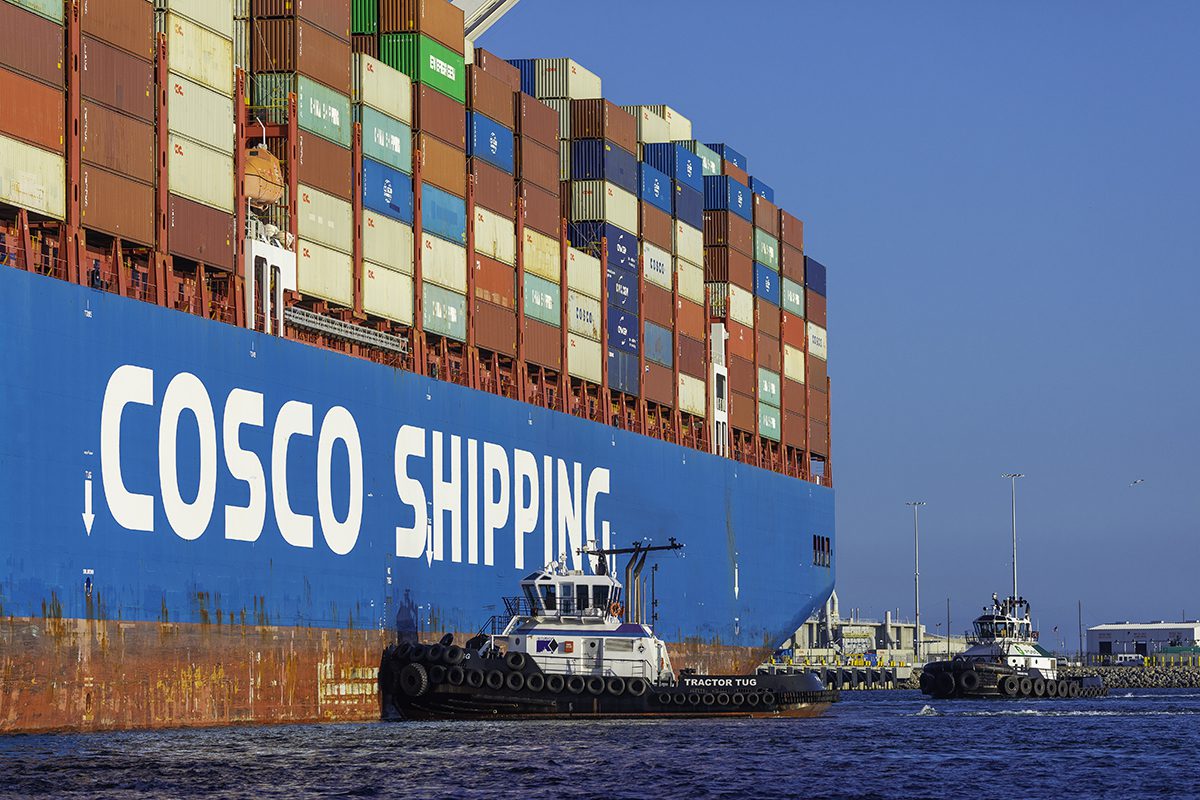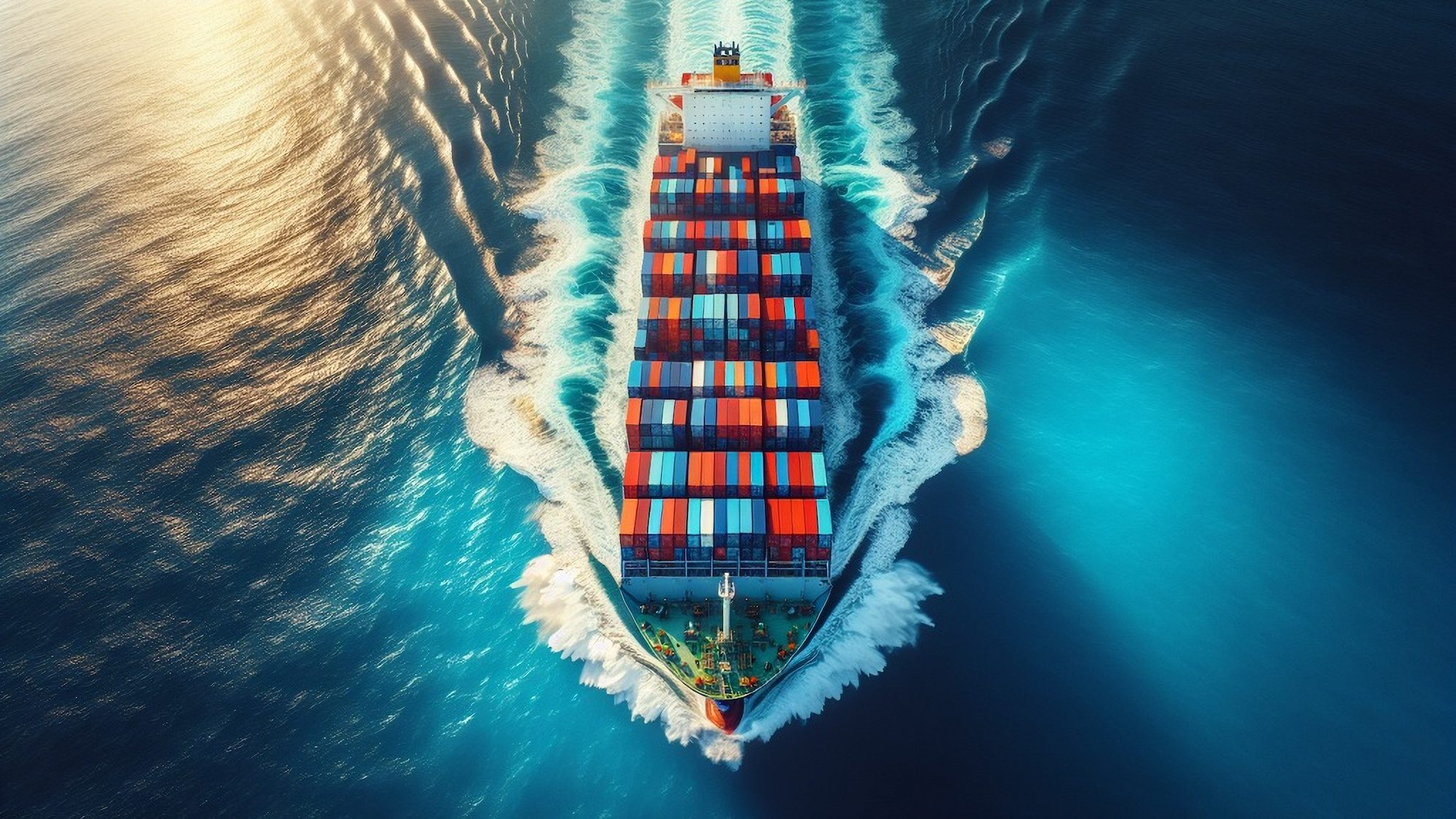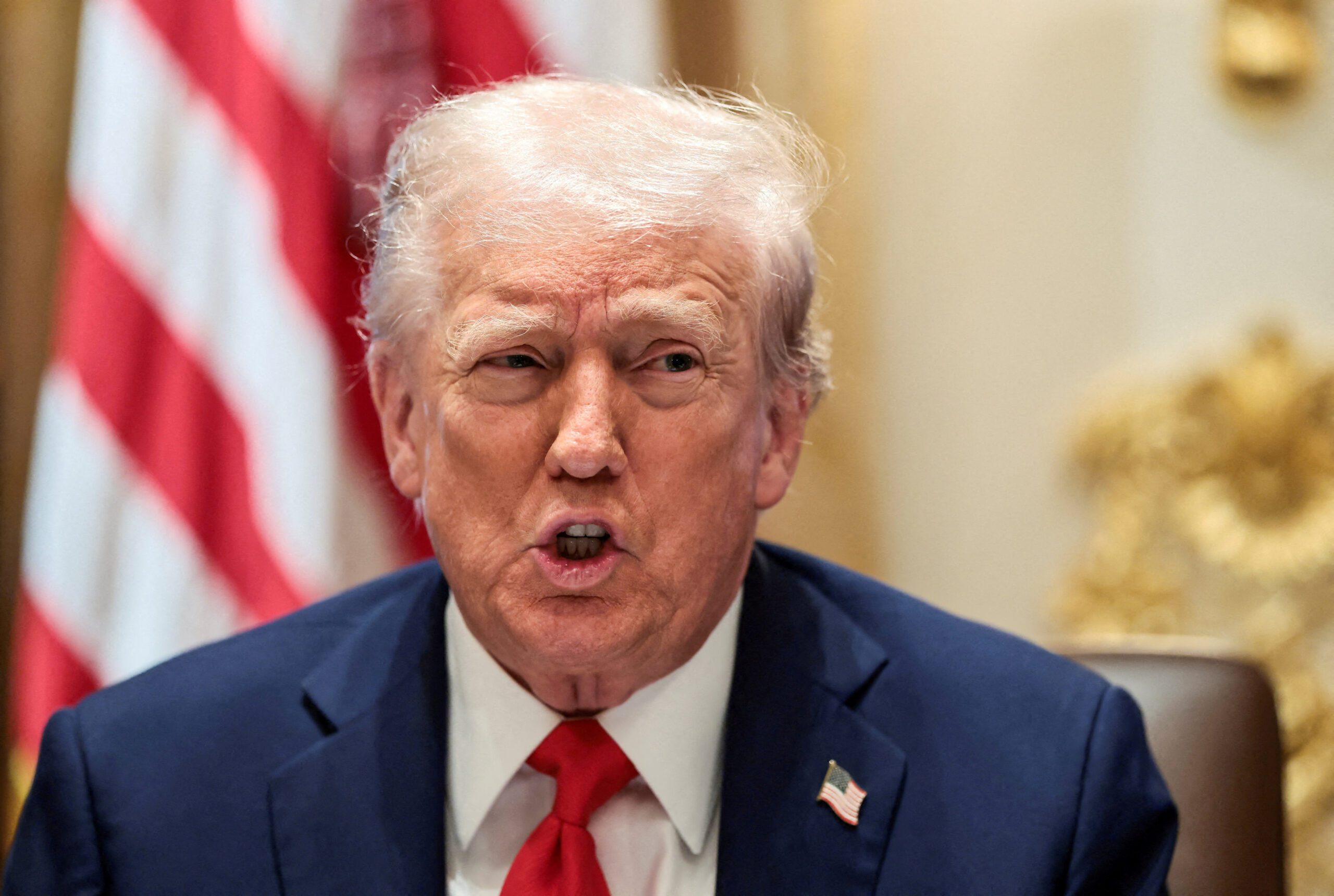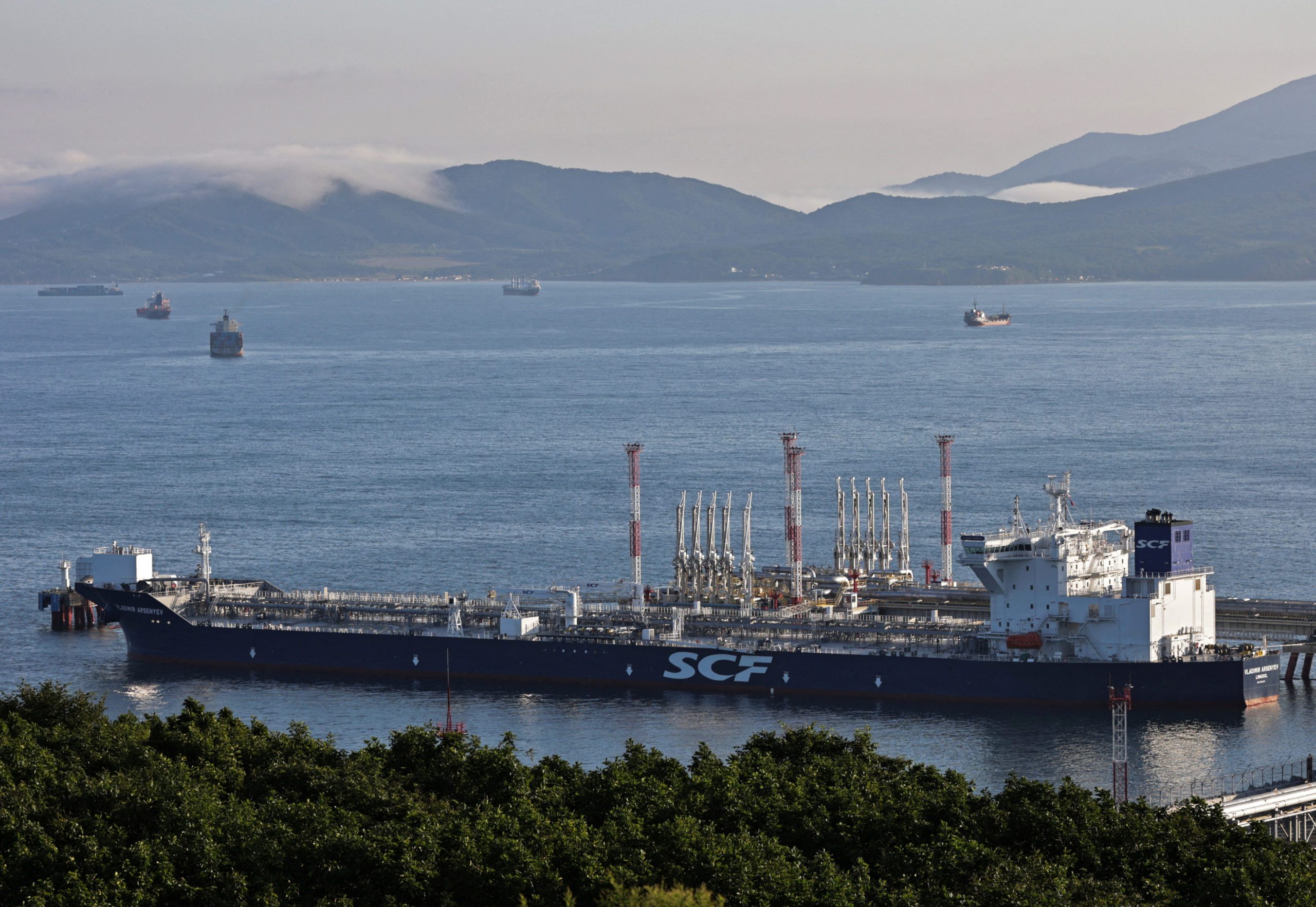U.S. Customs and Border Protection has provided long-awaited details related to payments for the new vessel fees targeting Chinese maritime interests that take effect October 14. The fees, mandated under the Section 301 investigation of “China’s Targeting the Maritime, Logistics, and Shipbuilding Sectors for Dominance,” will apply to vessels owned, operated, or built in China, as well as all foreign-built vehicle carriers.
According to a CBP notice, the burden for determining if a vessel owes these fees falls squarely on vessel operators, not CBP, adding additional compliance pressure on shipping lines and operators with any Chinese connections in their fleet or operations.
CBP strongly advises responsible parties to initiate payments at least three business days before vessel arrival to avoid operational disruptions. Vessels without proof of payment face potential denial of lading or unlading operations, or withheld clearance until payment verification.
The fees, which become effective October 14, 2025, are structured in three distinct annexes:
Annex 1 imposes a fee of $50 per net ton for vessels owned or operated by Chinese entities. According to additional details in the notice, this fee will increase annually over three years in $30 increments, eventually reaching $140 per net ton by 2028.
Annex 2 targets Chinese-built vessels with a fee of either $18 per net ton or $120 per container discharged, whichever is higher. These rates will also increase incrementally by $5 per net ton until 2028, maxing out at $33 per net ton or $250 per container discharged.
Annex 3 establishes a $14 per net ton fee for all arriving vehicle carriers or roll-on/roll-off vessels. For specialized vehicle carriers, this will be assessed based on Car Equivalent Unit capacity, set at $150 per CEU after the initial grace period.
The fees for each vessel are capped at five assessed fees per year, significantly reducing the potential annual cost compared to earlier proposals that would have assessed fees on every port call.Fees will only be applied at the first U.S. port of entry per rotation or string of calls.
Payments must be processed through the Department of the Treasury’s official Pay.gov website rather than at ports of entry. The system will calculate fees automatically based on selections made in the Section 301 Fee Payment Form, with confirmation passed to the Vessel Entrance and Clearance System (VECS).
The Section 301 Fee Payment Form requires specific vessel information including: vessel name, arrival port, estimated arrival date, IMO/official number, voyage number, vessel operator name and tax ID/CBP number, and payor information. Payment must be made via ACH debit bank account.
Several exemptions have been included in the final rule, covering U.S.-owned vessels, vessels enrolled in U.S. Maritime Administration programs, smaller vessels under 4,000 TEU capacity or 55,000 deadweight tons, ships in ballast, short sea shipping trades, and specialized export vessels.
Liquified Natural Gas tankers, designated as vessel type 132 by the International Classification of Ships by Type, are fully exempt from fees in all three annexes.
The USTR has created incentives for domestic shipbuilding through a fee remission pathway. Operators who commit to purchasing U.S.-built vessels of equivalent or greater size can receive a temporary suspension of service fees for up to three years.
This action follows a year-long investigation and extensive public consultation process that included an open comment period and two public hearings. U.S. Trade Representative Ambassador Jamieson Greer stated, “Ships and shipping are vital to American economic security and the free flow of commerce. The administration’s actions will begin to reverse Chinese dominance, address threats to the U.S. supply chain, and send a demand signal for U.S.-built ships.”
According to a new analysis by maritime intelligence firm Alphaliner, leading container shipping companies could face a combined $3.2 billion in fees by 2026 if they maintain their current fleet deployment patterns to the United States. China state-owned COSCO Group stands to be most severely impacted.
While the final implementation is significant, it represents a scaled-back approach from earlier proposals. The administration removed several originally proposed measures, including $1M-$1.5M flat per port entry fees for operators with high shares of Chinese-built vessels and penalties based on future orders of Chinese-built ships.
Vessel operators should closely monitor updates as a Phase 2 plan focusing on the LNG sector is scheduled to begin April 17, 2028, requiring a portion of U.S. LNG exports to use U.S.-built vessels. This requirement will phase in over 22 years to accommodate the current limitations in U.S. LNG shipbuilding capacity.
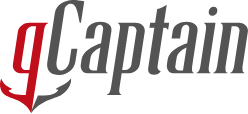
 Join The Club
Join The Club



